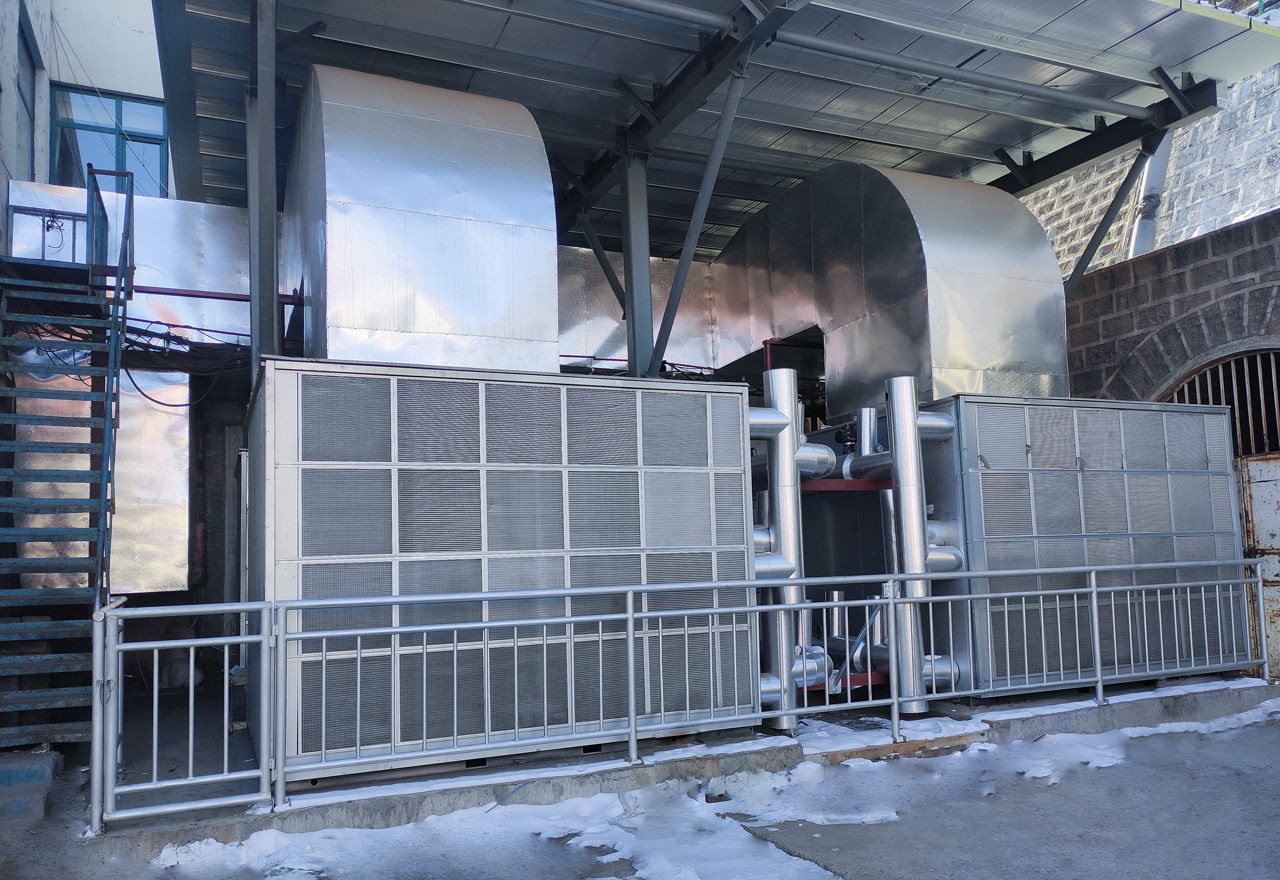Mine ventilation is a crucial part of coal mine production. An effective mine ventilation system can not only ensure the health and safety of miners, but also improve the production efficiency of mines and prevent accidents from occurring.
The primary task of mine ventilation is to provide sufficient fresh air for underground mines. The underground working environment is enclosed, and the breathing of miners, the operation of mechanical equipment, and blasting operations all consume a large amount of oxygen. If the ventilation is poor, the oxygen content in the air will decrease, causing miners to experience symptoms of hypoxia such as dizziness and fatigue, and in severe cases, it may even endanger their lives. Therefore, one of the basic tasks of mine ventilation is to send fresh air from the surface into the underground through a ventilation system, ensuring that miners work in a safe and comfortable environment.

During the mining process, various harmful gases such as carbon monoxide, carbon dioxide, methane, etc. are produced. These gases are not only harmful to the health of miners, but may also cause major accidents such as explosions. Another basic task of the mine ventilation system is to timely and effectively eliminate these harmful gases and maintain the cleanliness of the underground air. Through scientifically reasonable ventilation design, the concentration of harmful gases can be controlled within a safe range to prevent poisoning and explosion accidents.
The temperature and humidity of the mining environment have a direct impact on the work efficiency and equipment operation of miners. A high temperature and high humidity environment can increase miners' fatigue, reduce work efficiency, and accelerate equipment aging and damage. The mine ventilation system can regulate the temperature and humidity underground by introducing dry air from the surface, reducing the humidity of the underground air, and through reasonable airflow design, taking away the heat generated by equipment and work, maintaining the comfort of the underground environment.
A large amount of dust is generated during mining operations, especially during drilling, blasting, and transportation. Dust is not only harmful to the respiratory system of miners, but also affects the normal operation of equipment and increases the failure rate. The mine ventilation system can carry dust out of the mine through continuous airflow, reduce the concentration of dust underground, protect the health of miners, and extend the service life of equipment.
The comprehensive task of the mine ventilation system is to ensure the safety production of the mine. By providing fresh air, eliminating harmful gases, controlling temperature and humidity, and removing dust, mine ventilation systems can create a safe and healthy working environment for underground operations. This not only helps improve the work efficiency of miners, but also effectively prevents various accidents and ensures the smooth progress of mine production.
The mine ventilation system plays an important role in coal mine production, and its basic tasks include providing fresh air, eliminating harmful gases, controlling temperature and humidity, removing dust, and ensuring safe production. Through scientific and rational ventilation design and management, the safety and production efficiency of mines can be effectively improved, ensuring the health and safety of miners. Mine ventilation is not only a technical task, but also an important task related to the safety of miners and the long-term development of mines. I hope that through this article, everyone can have a deeper understanding and recognition of mine ventilation, and contribute to promoting mine safety production.







Comment